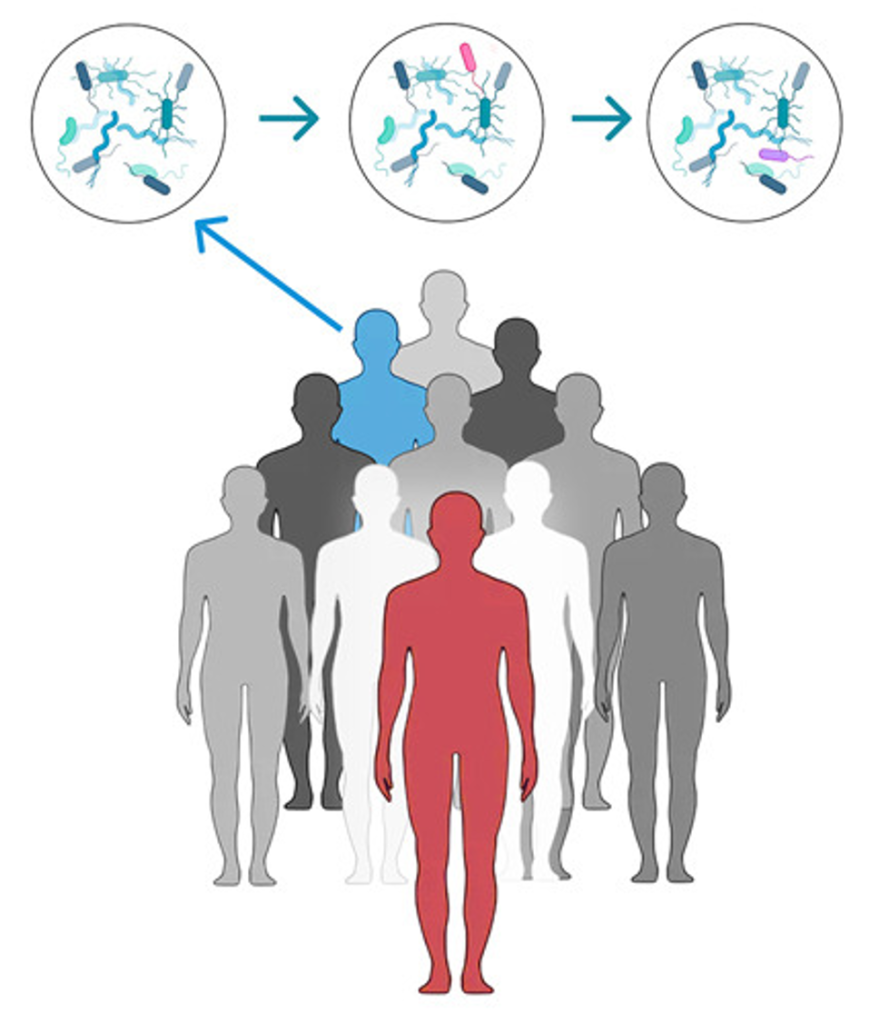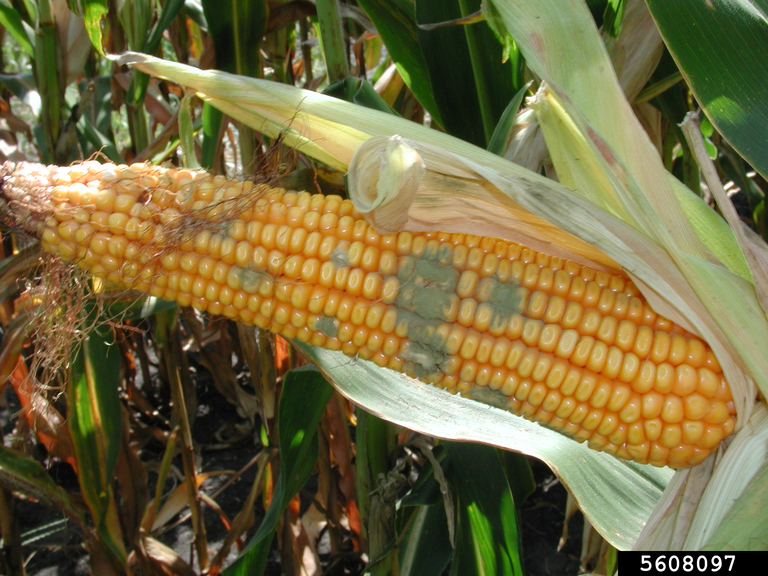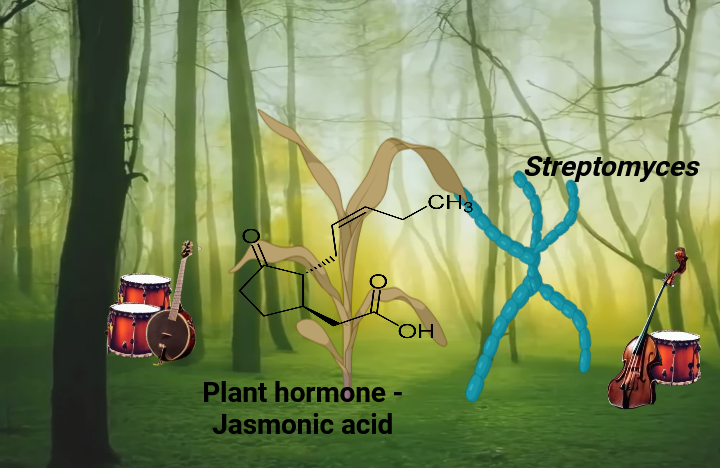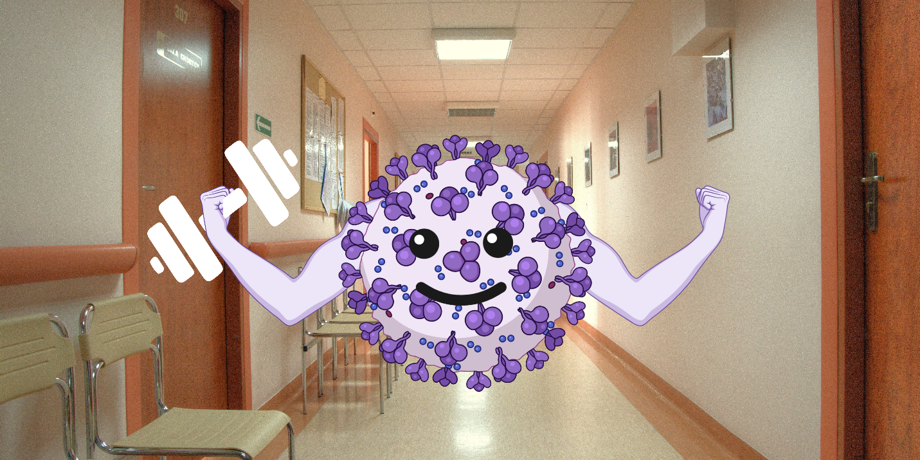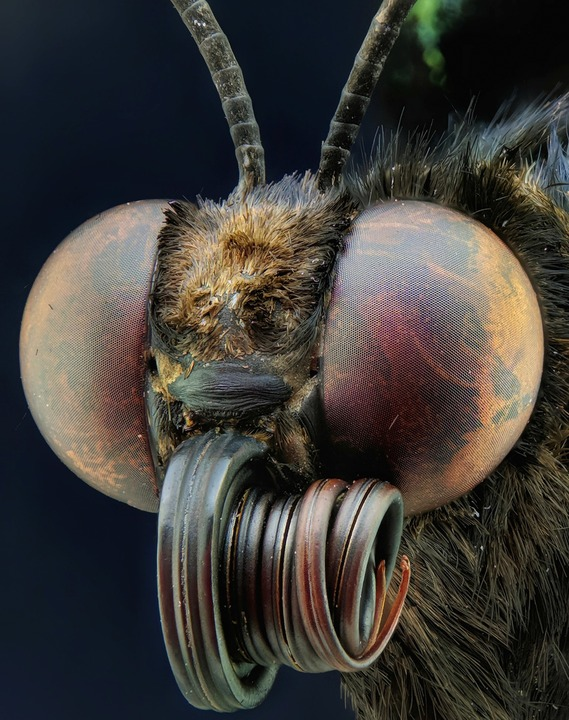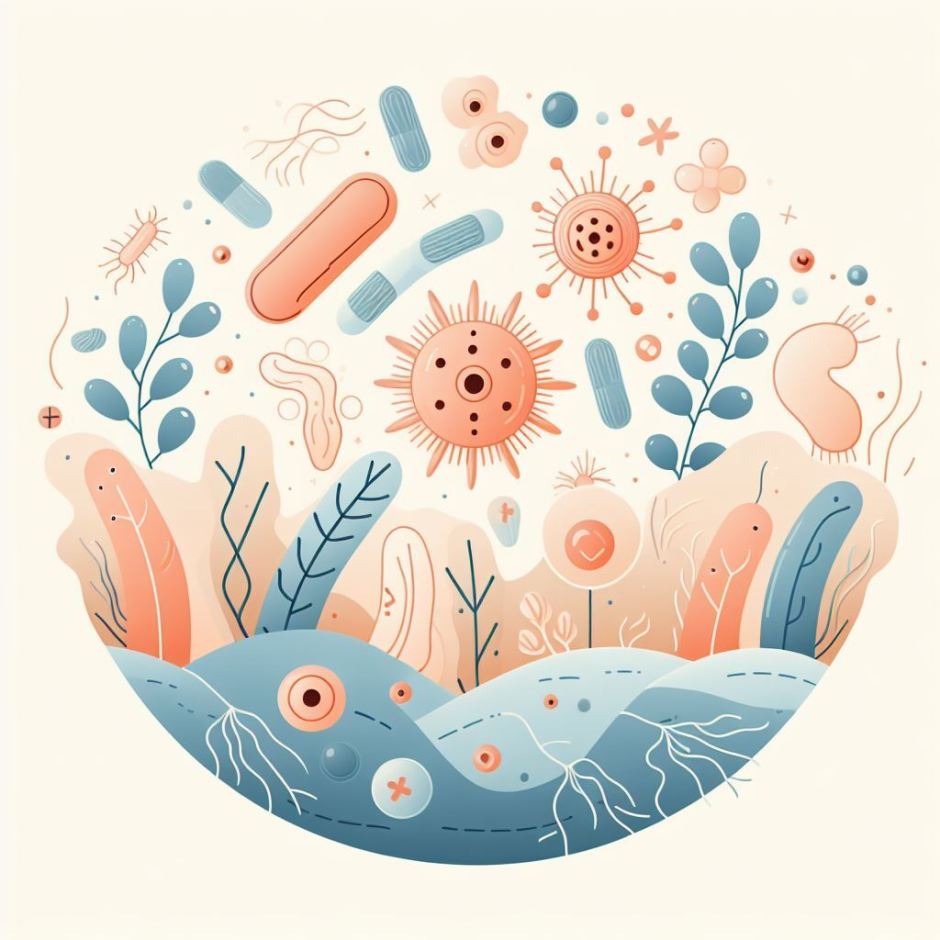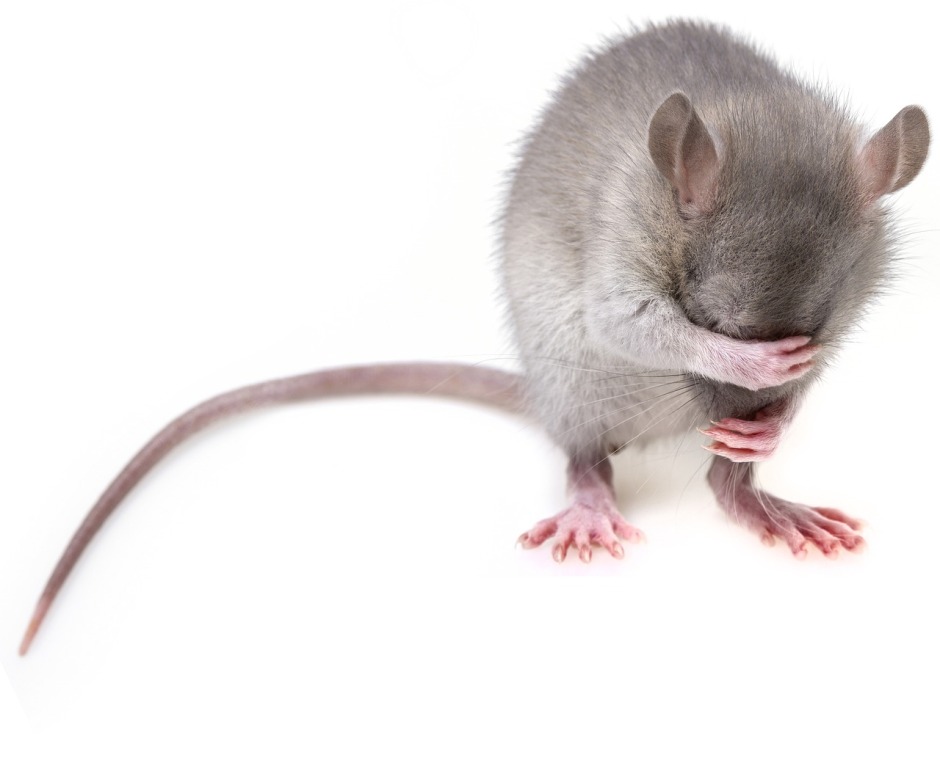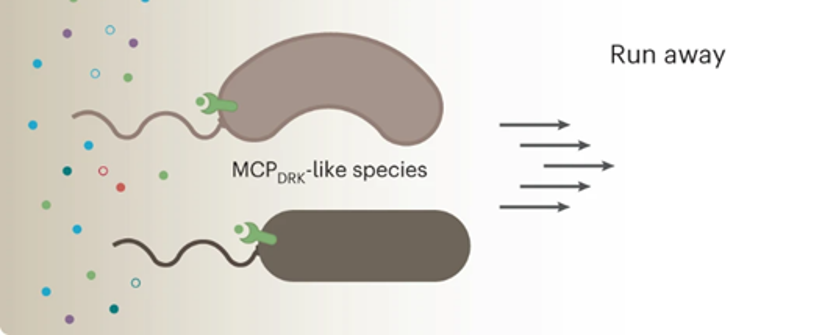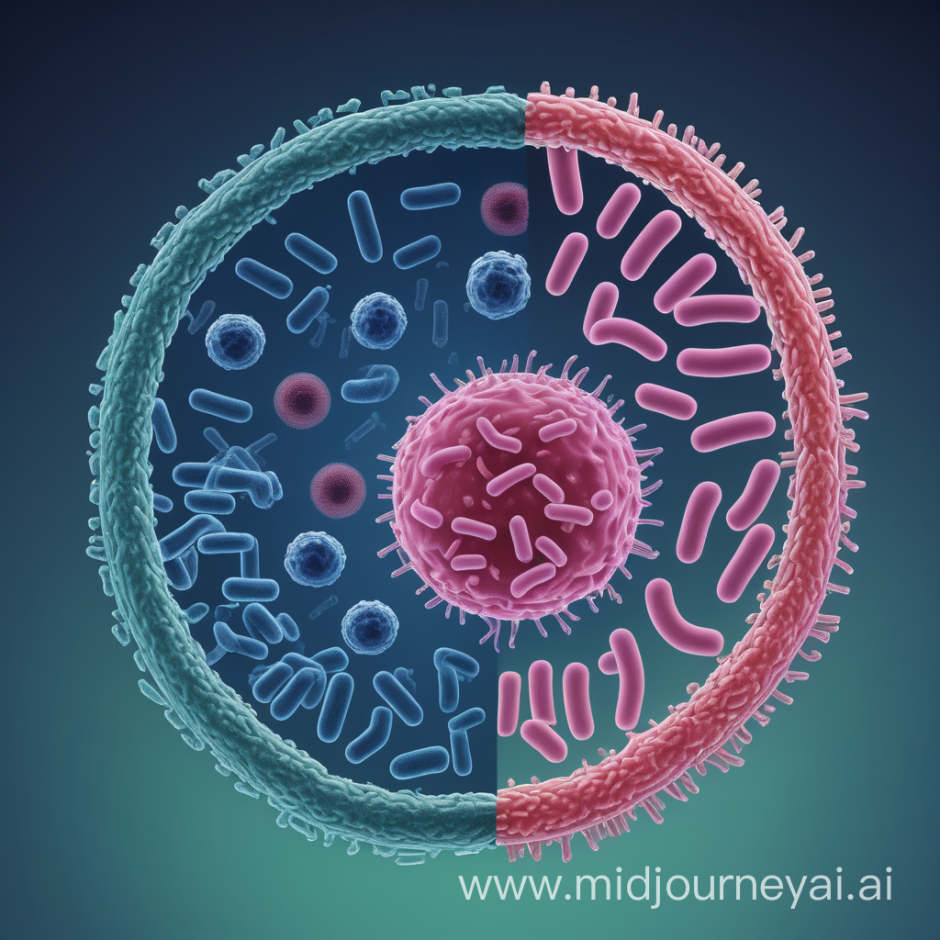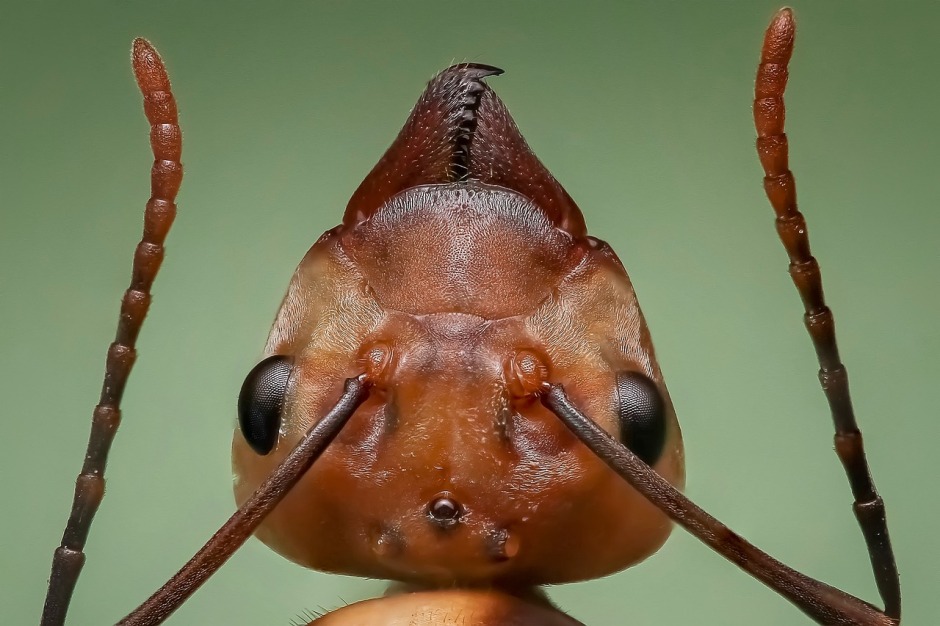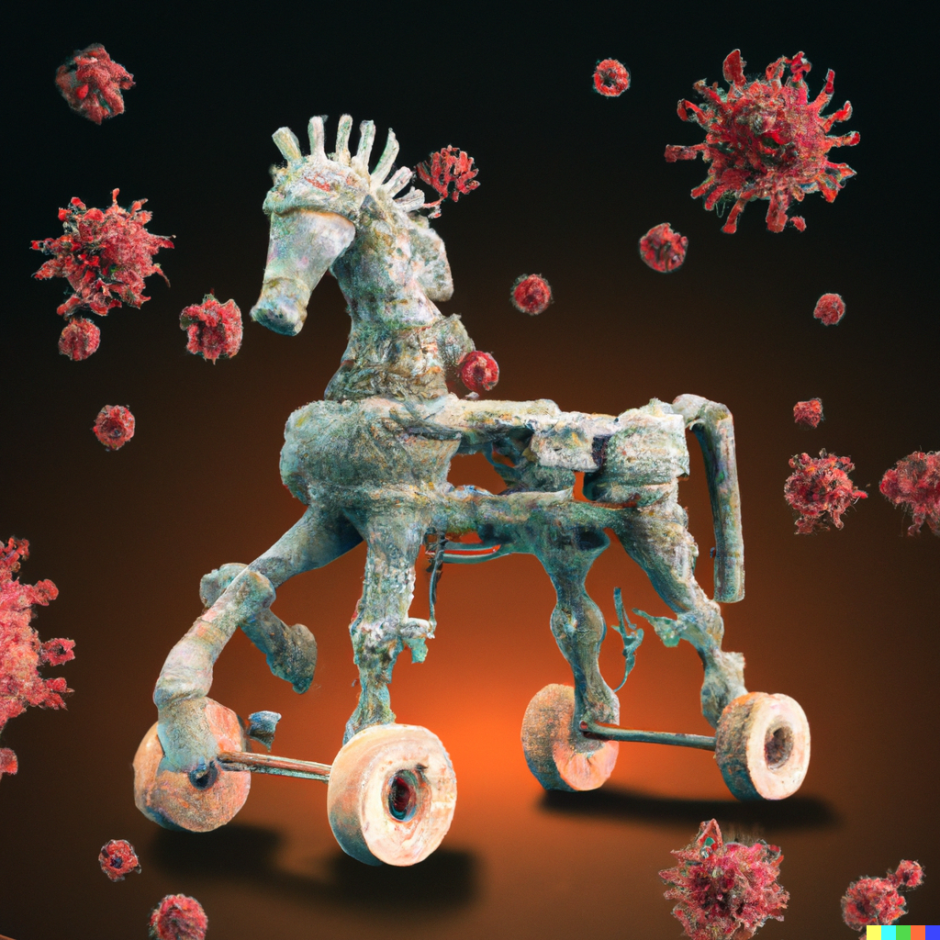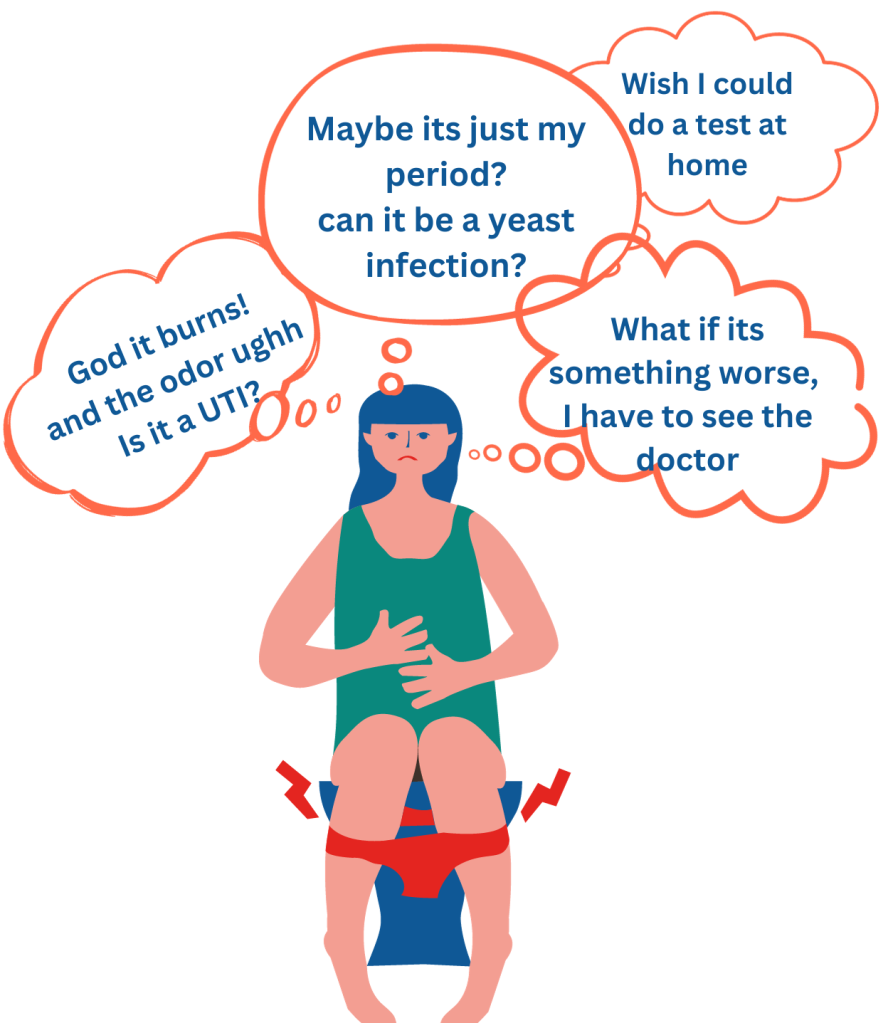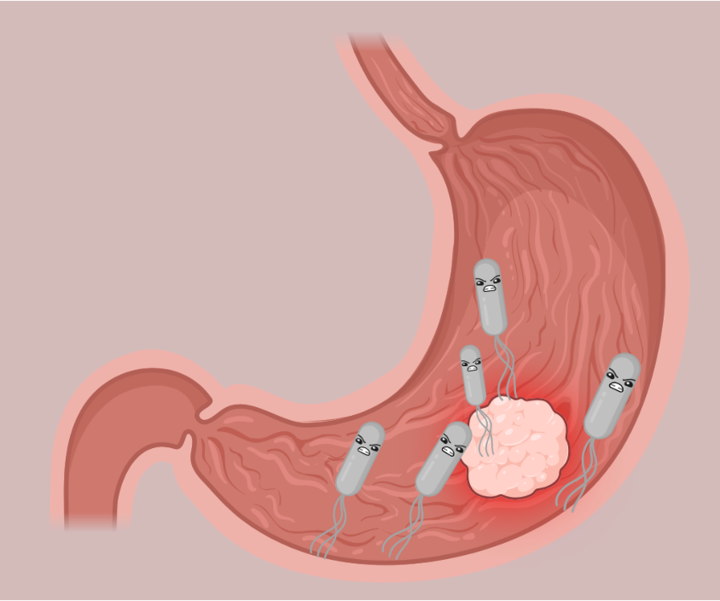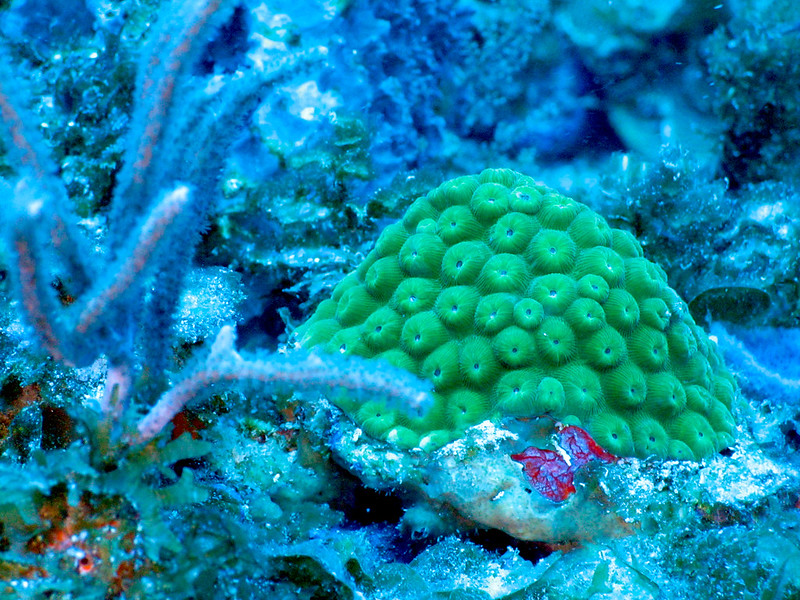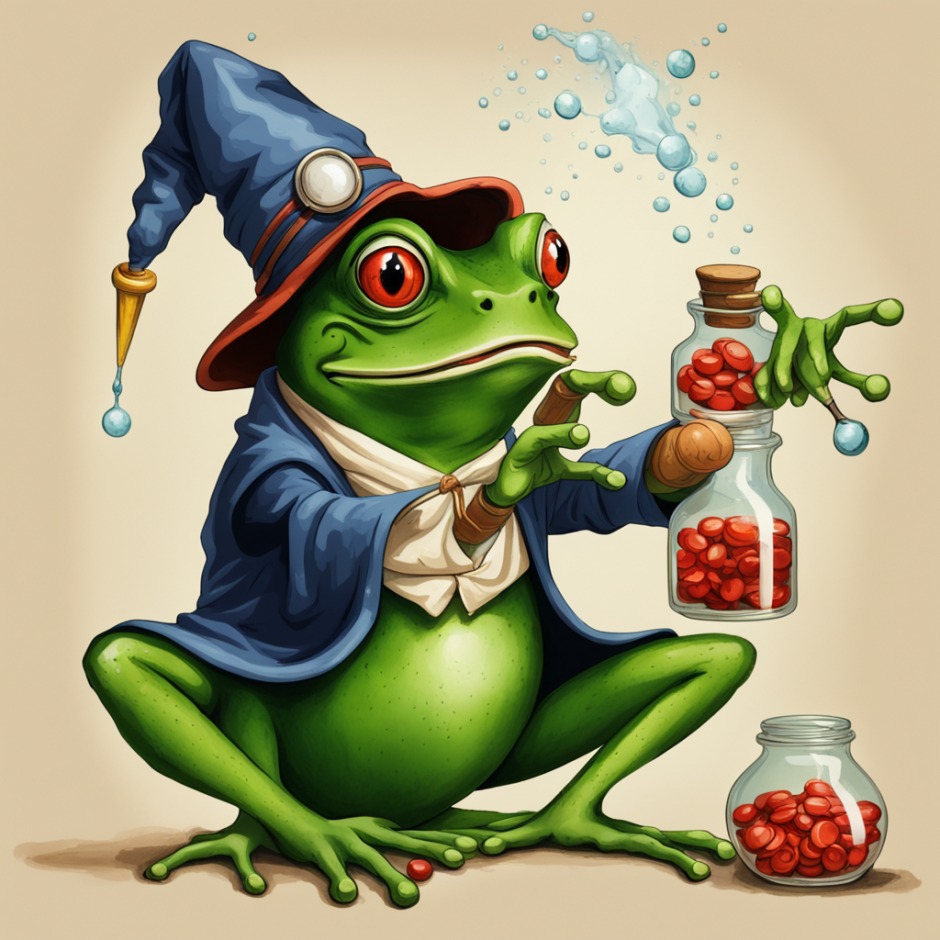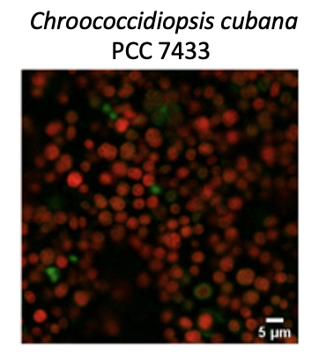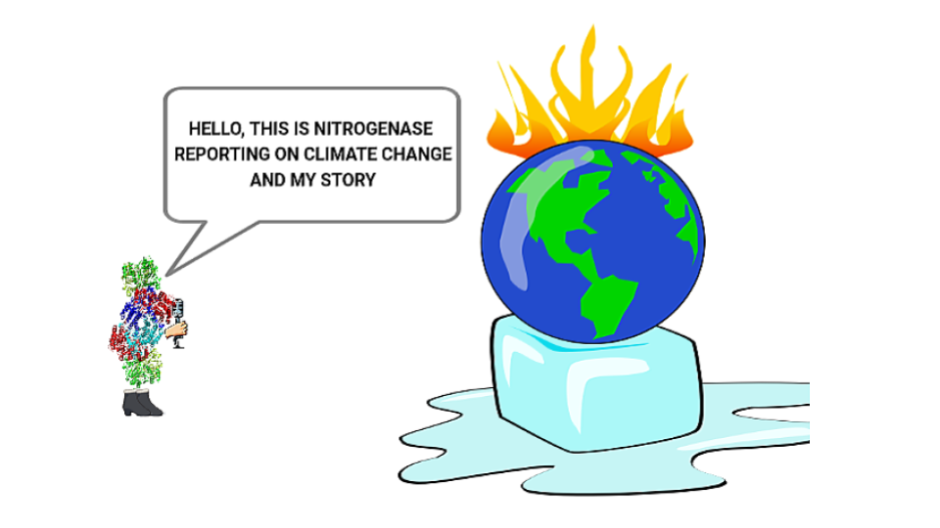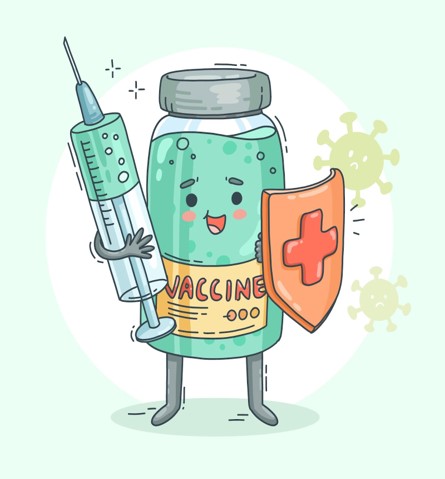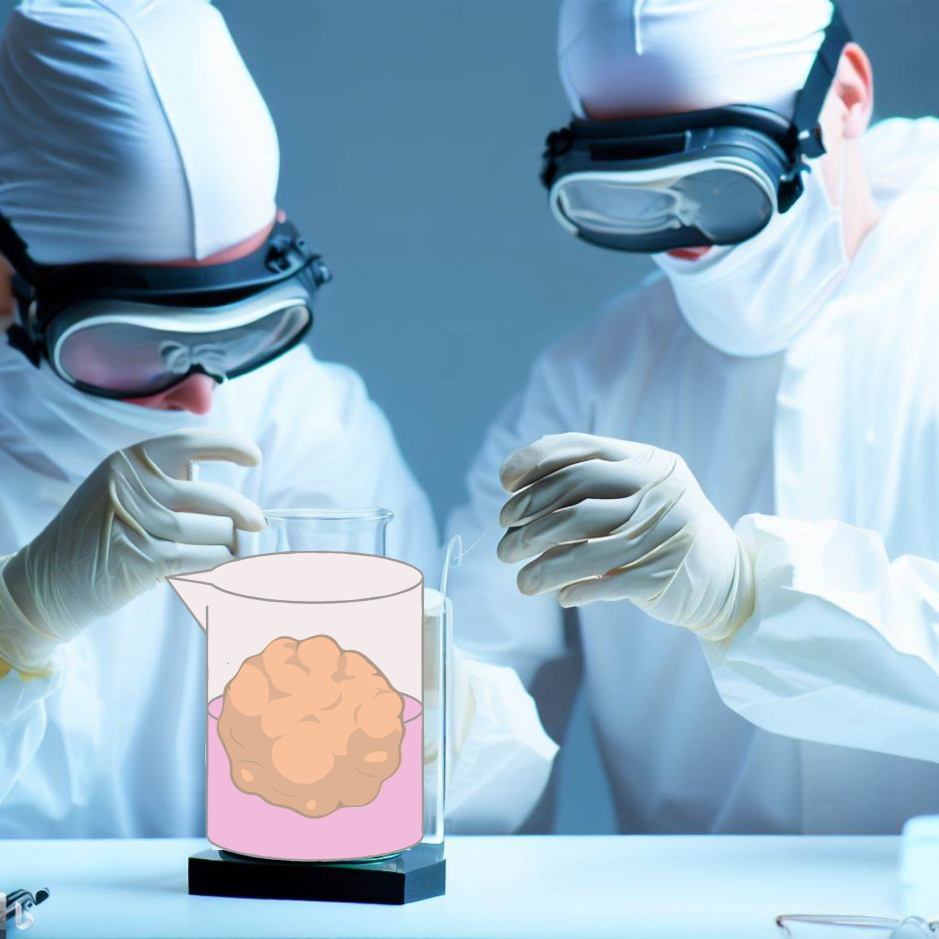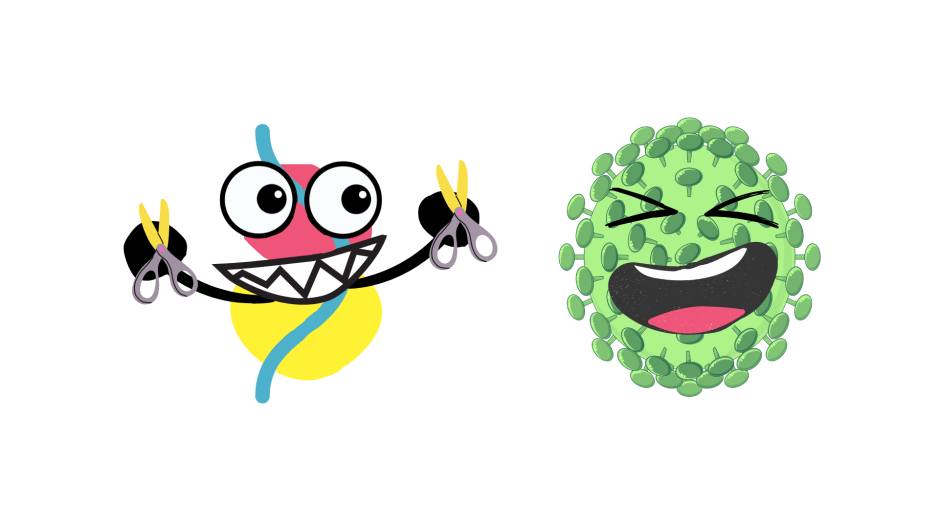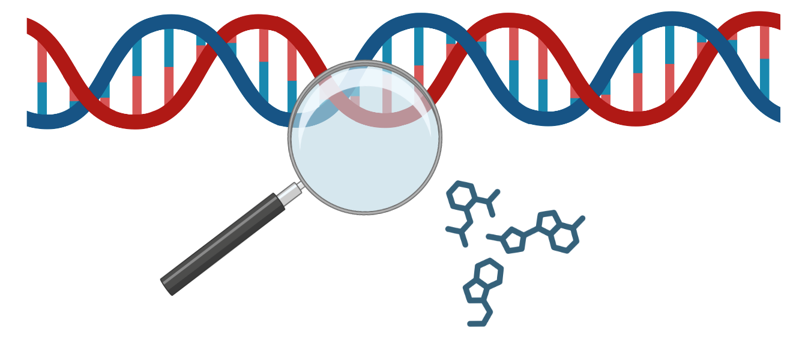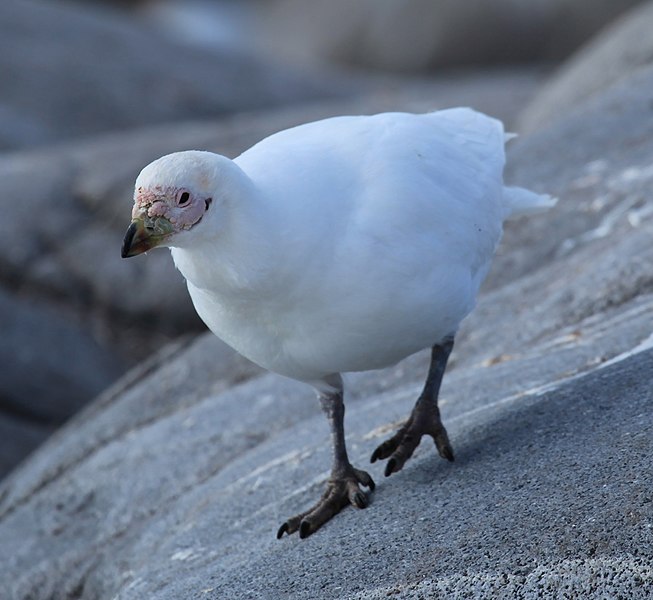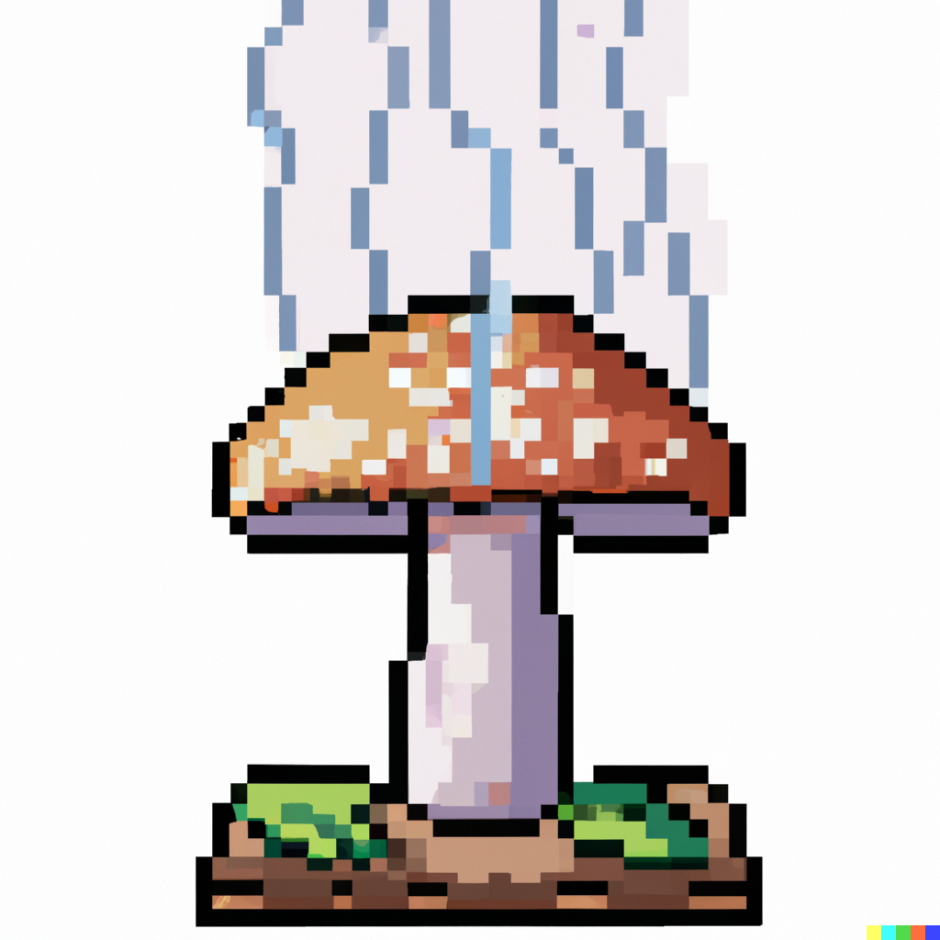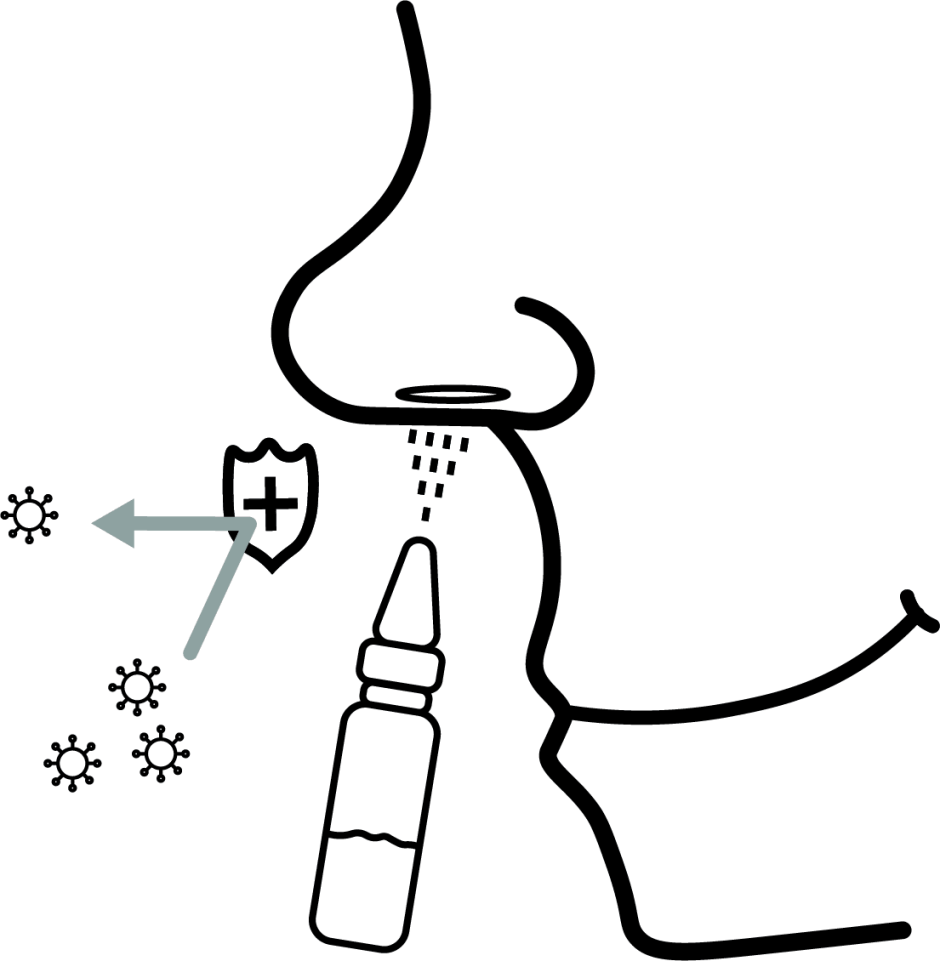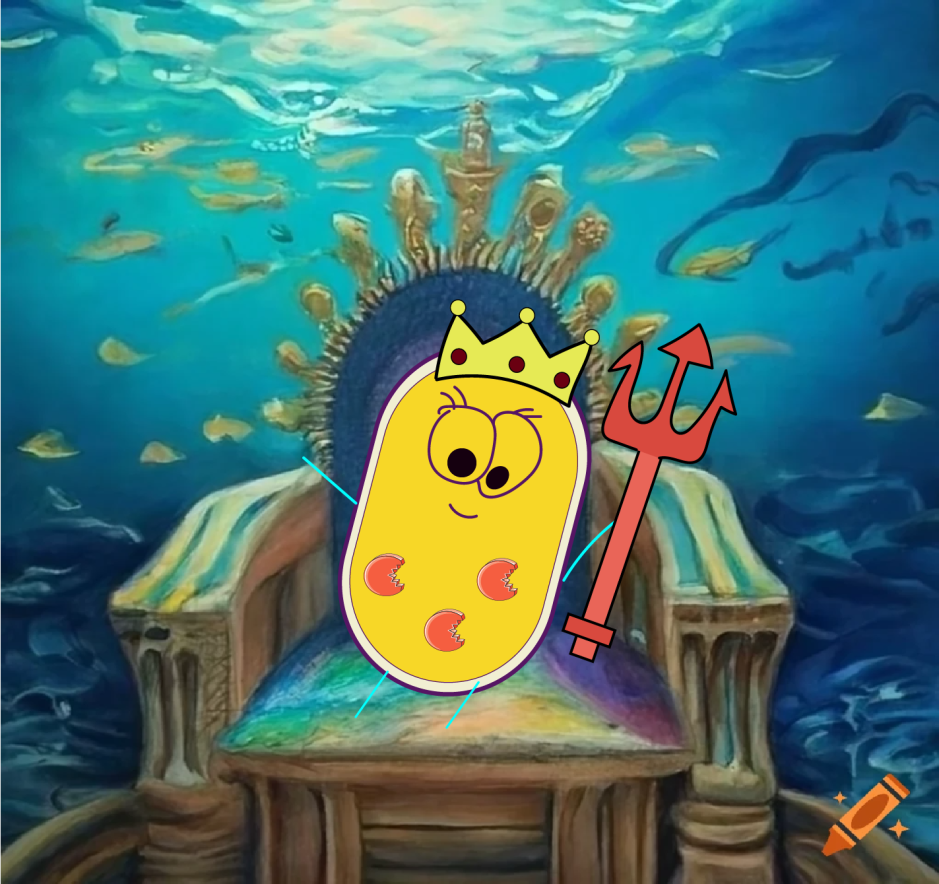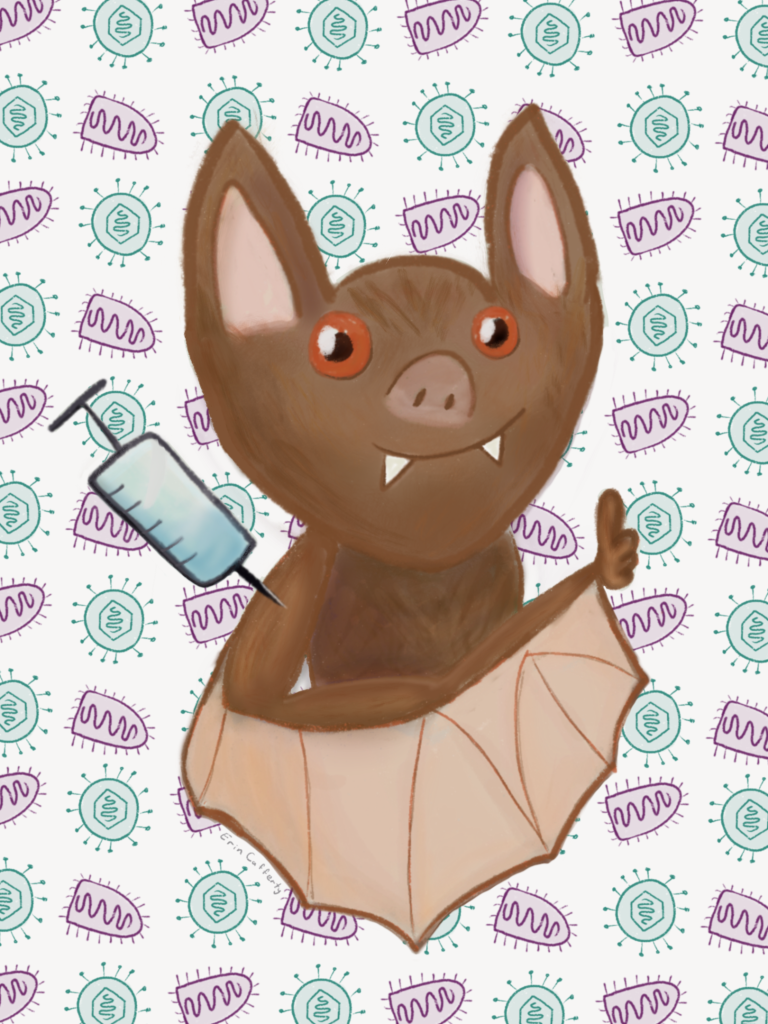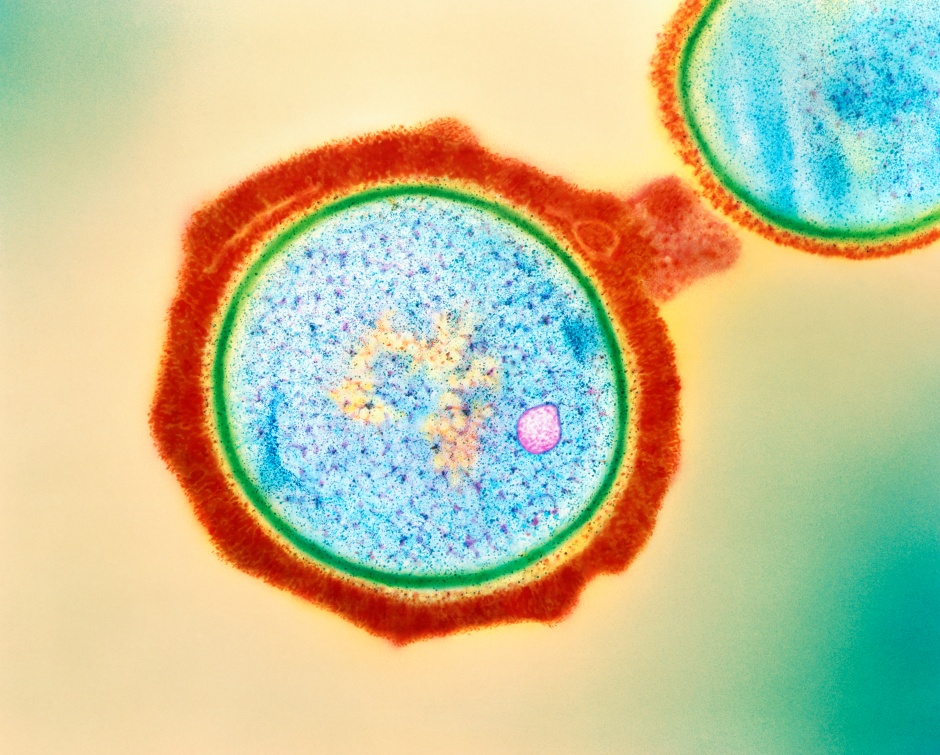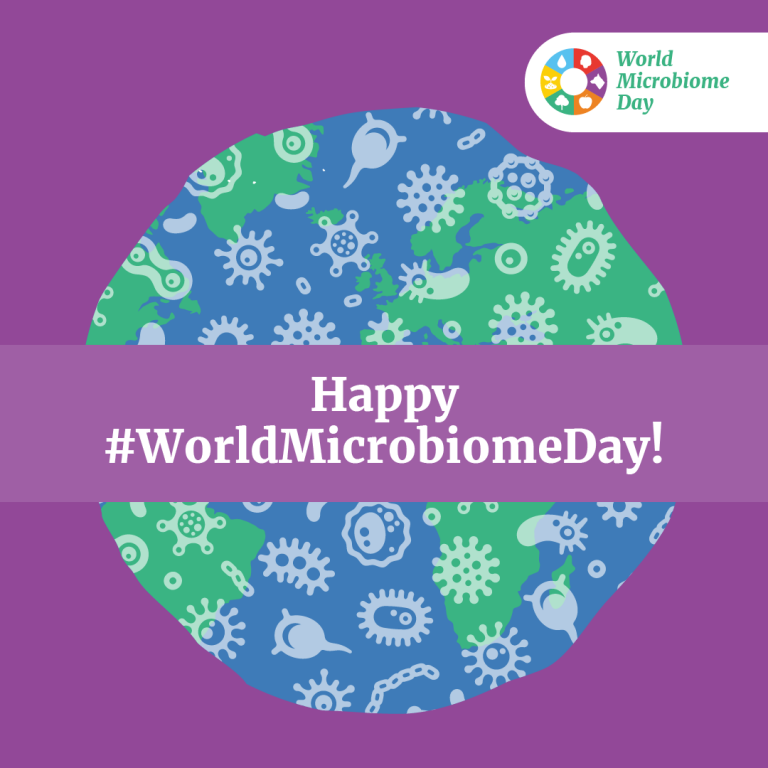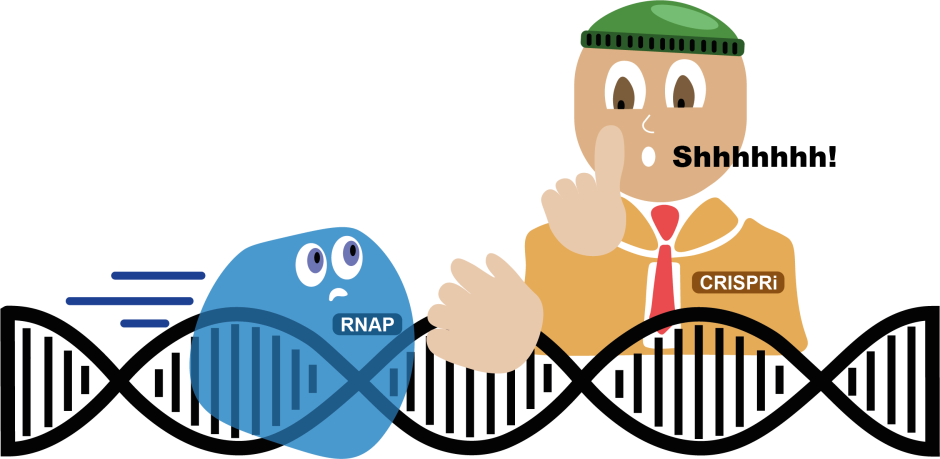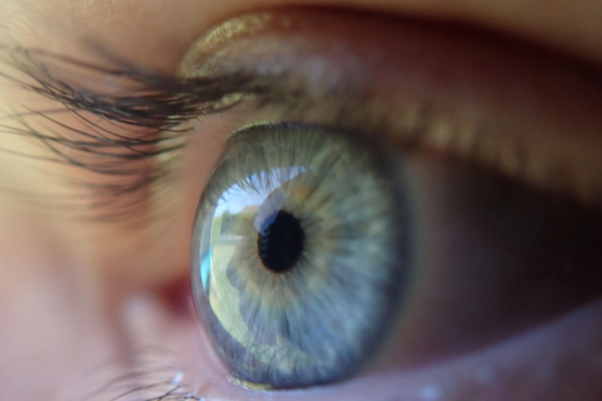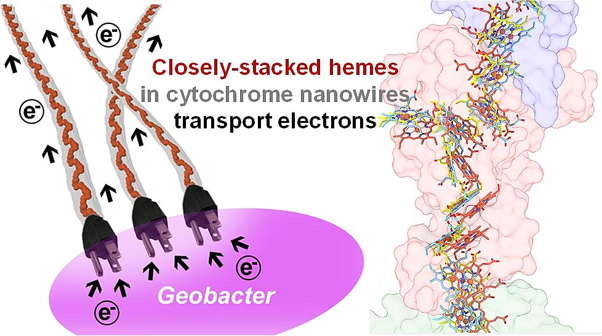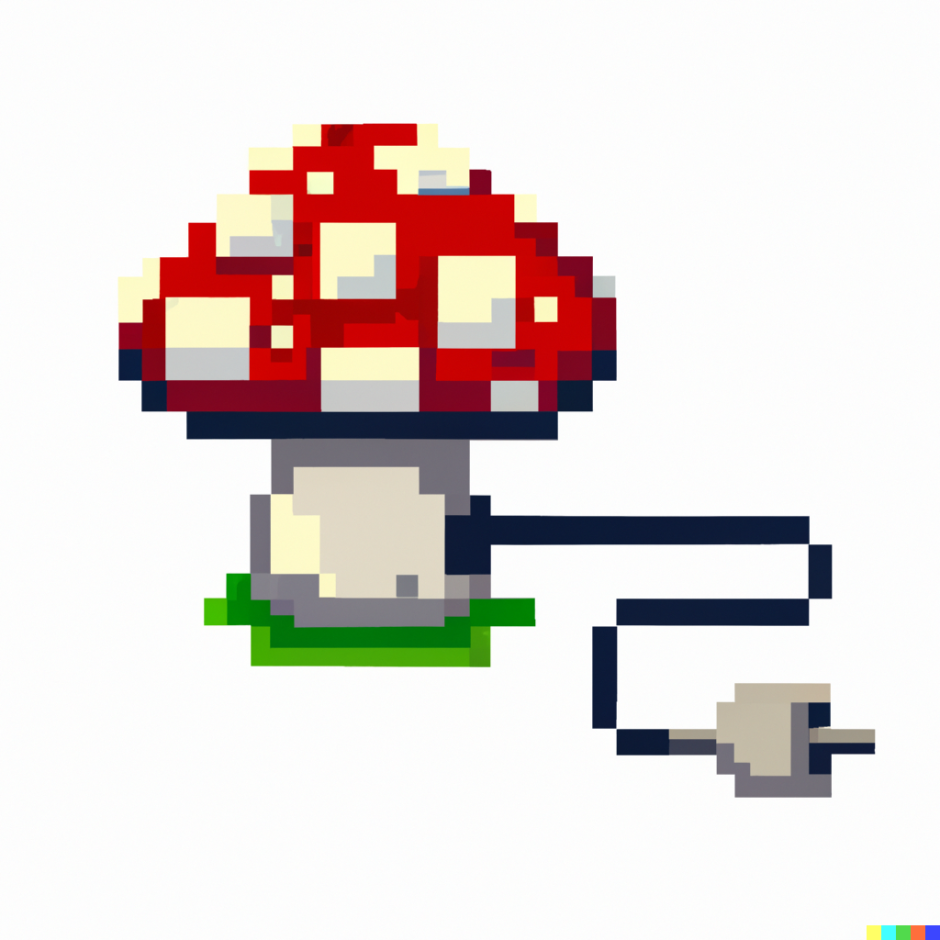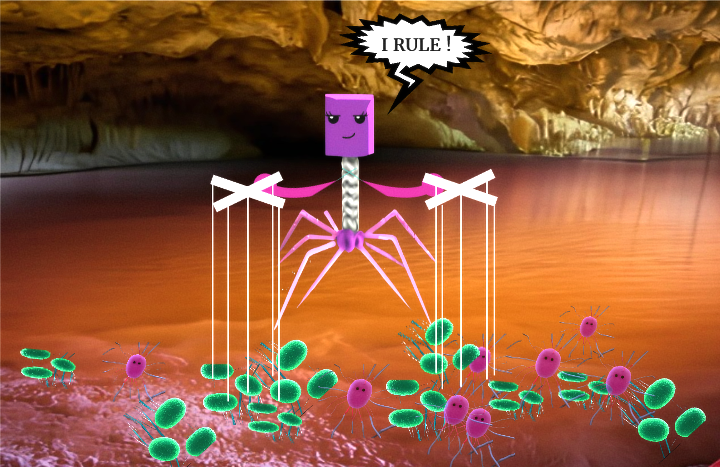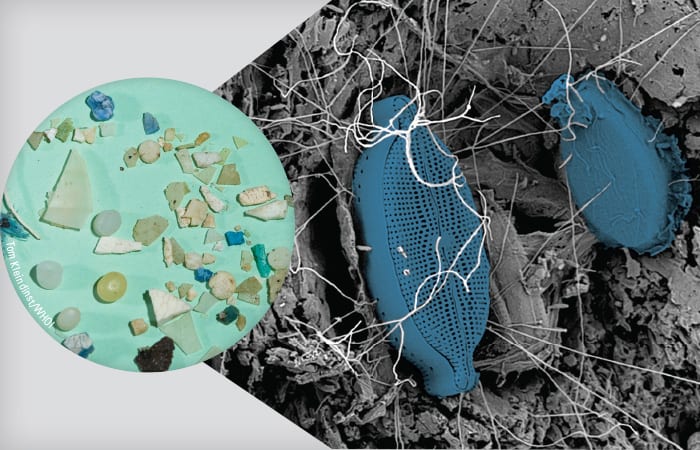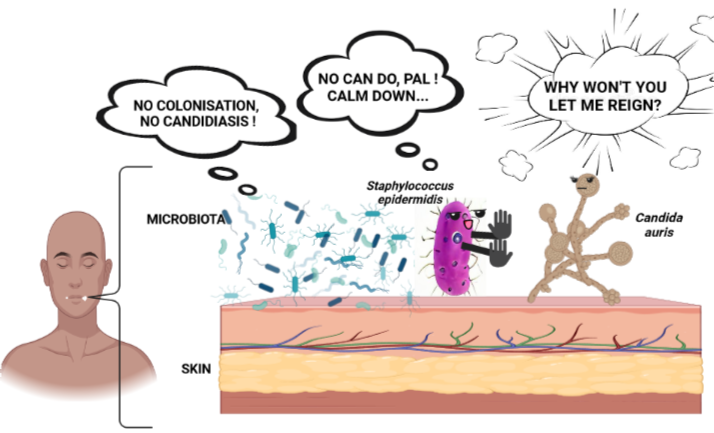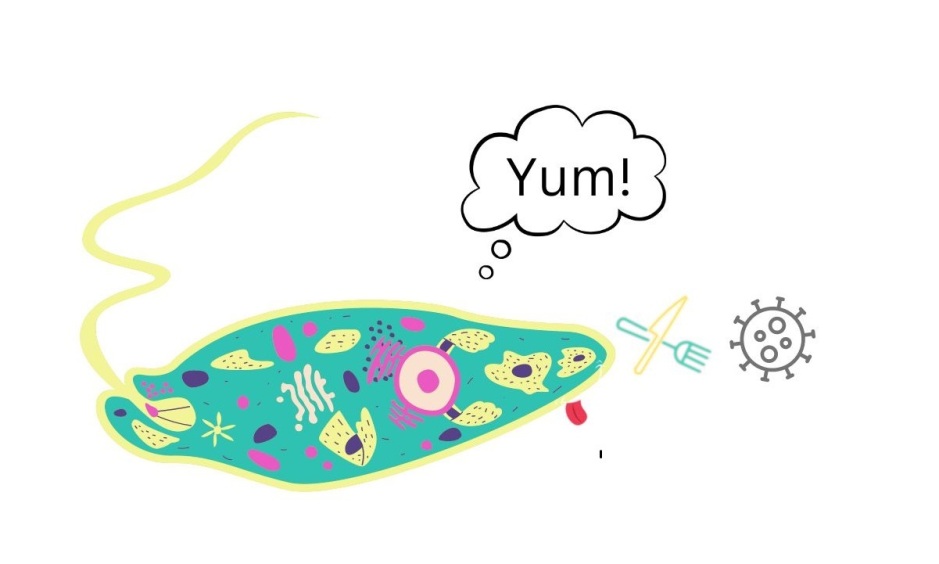
Breaking down the microbiology world one bite at a time
Unravelling Biofilm Battlefield to Save Lives
Written by
Nikhita Kirthivasan
Bacteria, like humans, grow collectively in communities. These communities are called biofilms. However these biofilms are problematic in the healthcare landscape since biofilms-associated infections are highly resistant to antibiotic treatments making them hard to treat. A treatment strategy that has been widely discussed is to break or interfere with the biofilm, so that the bacteria can be more accessible to both drugs and immune cells.
Now how do biofilms offer protection to the bacteria? There is an extracellular matrix (ECM) that holds cells together, it’s primarily composed of amyloid fibers, in particular curli amyloid fibers that are produced by most pathogenic and commensal E. coli strains. These cells invest their resources to produce lots of fibers resulting in a highly dense network that protects the curli-producing cells.
Microbes interact with each other. Other bacteria could produce metabolites that can inhibit the growth of these biofilms, after all, space is a precious commodity. A new study found that a strain of B. subtilis strongly inhibits curli. The authors discovered that curli inhibition occurs without direct contact between B. subtilis and E. coli, suggesting that the effector should be a diffusible agent.
B. subtilis produces several different kinds of secondary metabolites. How do the researchers narrow it down? They first checked if the metabolite was dependent on a common enzyme required for the synthesis of a particular class of peptides by using a deficient enzyme. Now having narrowed down the effector to a particular class of peptides, they screened several effectors to find the one, bacillaene. Interestingly the authors also saw that while initially B. subtilis is able to inhibit E. coli growth through bacillaene, the E. coli turns on its global stress response to reinforce its protective ECM ultimately. If there is a war for space, E. coli isn’t retreating at the first blow, it does fight back! After all, space is a precious commodity.
The authors continue through studies in varying concentrations of the inhibitory and ultimately find the condition in which bacillanene inhibits curli subunits as well as the mode of action. It prevents the assembly of these curli subunits into amyloid fibers.
These results have profound implications. First in the healthcare context, we have now a new effector molecule that can be used to undermine E. coli’s biofilm and allow for its disintegration. Secondly, we have learned about the new interactions that can occur between to competing species for space where we see B. subtilis launch an attack against the biofilm of E. coli however E. coli doesn’t simply accept its fate, it counters by walling itself off even further. B. subtilis is also known to increase bacillaene, the secret weapon, production when present with competitors. So, it is a war, much like wars fought by humans in the past, for space and resources.
Link to the original post: Cordisco, E., Zanor, M.I., Moreno, D.M. et al. Selective inhibition of the amyloid matrix of Escherichia coli biofilms by a bifunctional microbial metabolite. npj Biofilms Microbiomes 9, 81 (2023). https://doi.org/10.1038/s41522-023-00449-6
Featured image: Made with DALLE2


